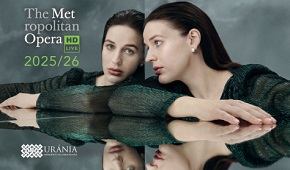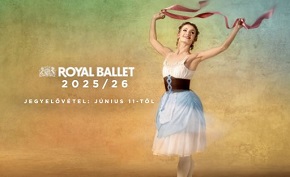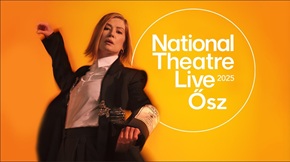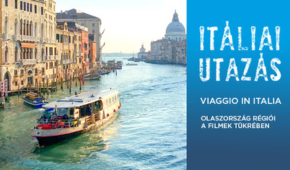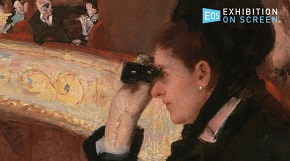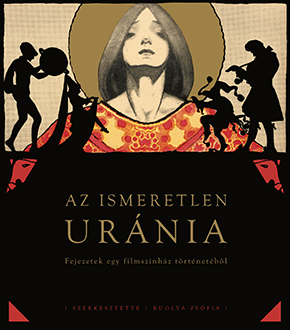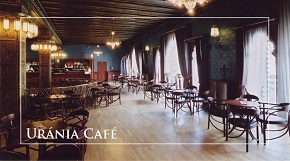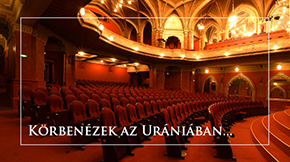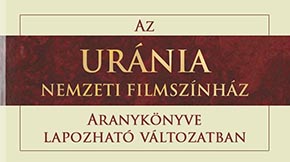History
The construction of the Uránia's building was finished in the mid-1890s on today's Rákóczi avenue. The design of the palace, built by Henrik Schmahl at the request of Kálmán Rimanóczy, incorporates the Venetian Gothic and the Eastern Moorish styles. The architect was originally commissioned to create a music and dance hall which opened as a cabaret called Oroszi Caprice.
At the turn of the century, the Hungarian Academy of Sciences initiated a search for a theatre where the Uránia Scientific Society could hold presentations illustrated by moving pictures. Hence the building was rented from 1899 by the Uránia Society and was given the name Uránia Hungarian Scientific Theatre. Later on the function of the building changed, but the name Uránia has remained ever since.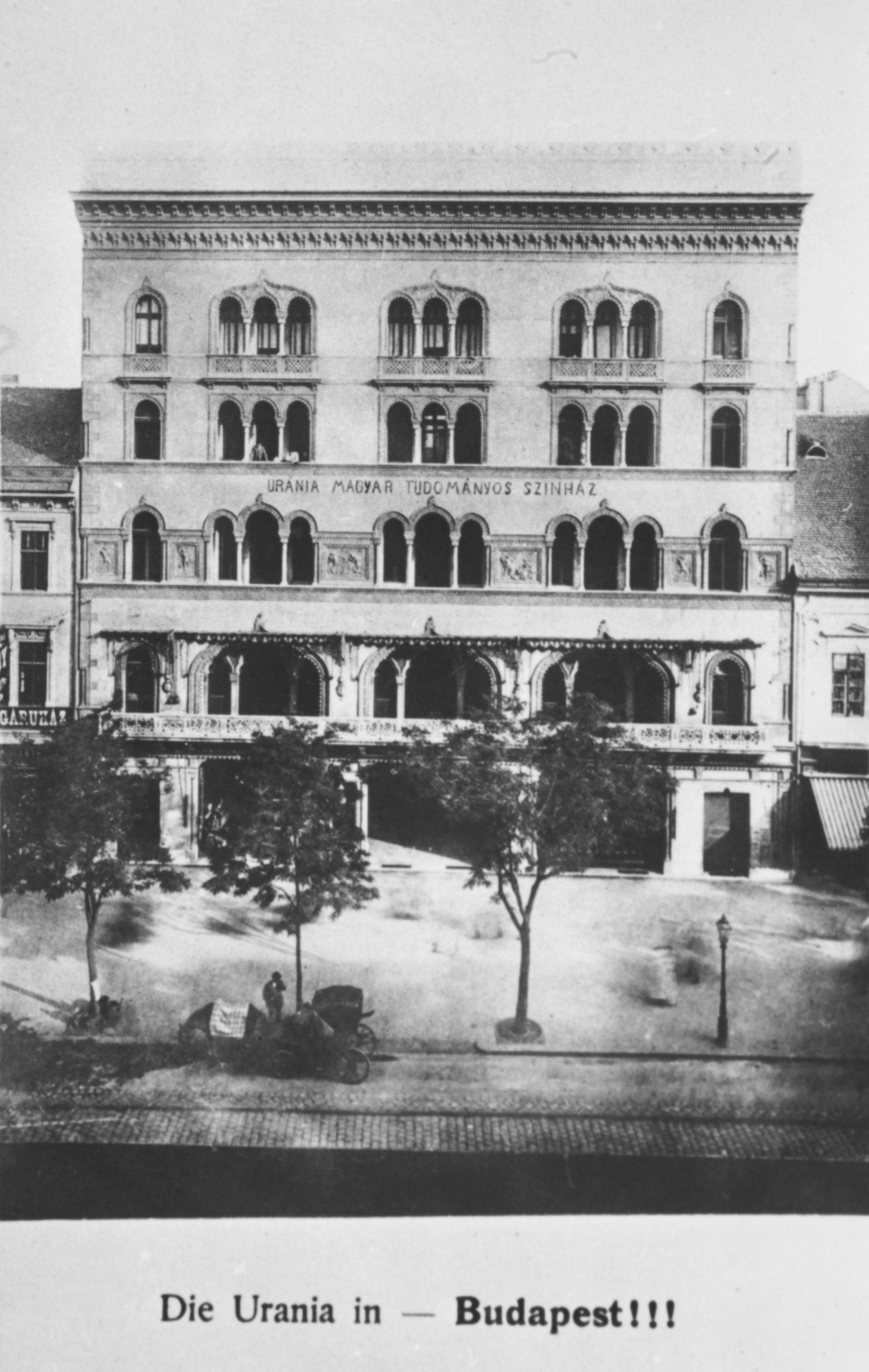 The Uránia fulfilled a scientific and educational role for 17 years. A significant event in its history was in the spring of 1901 when the first Hungarian feature film was shot on the rooftop of the building, directed by photographer Béla Zitkovszky, at that time the projectionist of Urania. The legendary 'Dance' featured 24 episodes from the history of dance, performed by famous actresses as Lujza Blaha dancing the Csárdás and Sári Fedák dancing the Japanese clog. Unfortunately, the film has been lost, now only a box named 'Dance' in the Main Hall keeps its memory alive.
The Uránia fulfilled a scientific and educational role for 17 years. A significant event in its history was in the spring of 1901 when the first Hungarian feature film was shot on the rooftop of the building, directed by photographer Béla Zitkovszky, at that time the projectionist of Urania. The legendary 'Dance' featured 24 episodes from the history of dance, performed by famous actresses as Lujza Blaha dancing the Csárdás and Sári Fedák dancing the Japanese clog. Unfortunately, the film has been lost, now only a box named 'Dance' in the Main Hall keeps its memory alive.
The Uránia's interior was first revamped in 1917, to make its halls suitable for film screenings. In 1930 it became a UFA Cinema, modelled on the Berlin Universum Film AG. After World War II, Uránia became the film theatre of Szovexport. In February 1945, the first Budapest screening after World War II was held here, which obviously presented the struggles of the victorious Red Army. Later, Hungary regained possession of the building and the film theatre became one of the capital’s favourites.
In 2002, the authorities responsible for culture restored the more than 100 year old building to its original beauty. Two chamber halls holding 60 people were constructed to add to the Main Hall holding 425 people in the Uránia building. The chamber halls were named after two renowned figures of Hungarian film history, Zoltán Fábri, film director, and Gyula Csortos, the legendary actor. The dress-circles of the Main Hall were also renovated, since when they have born the names of classic films from international and Hungarian film history. That is how Hyppolit, La Grande Illusion, The Gold Rush, Casablanca, Blue Angel, Meseautó (Dream Car) and Körhinta (Merry-Go-Round) gained their eternal places in the film theatre, as well as A táncz (Dance), which gave its name to the most impressive, middle dress circle.
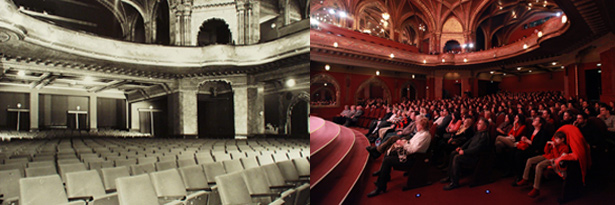
In 2006, the Uránia National Film Theatre was awarded the European Union’s monument protection prize, Europa Nostra, for outstanding monument restoration. Budapest’s most beautiful film theatre welcomes again film and cinema lovers, playing host to film festivals, special presentations, and other prestigious professional film events.
Between 2005 and March 2015, Mrs. Edit Bakos was managing the film theatre.
Since March 2015, Mr. Botond Elekes is the executive director.
Madly (16)
TicketsCall Us14:00 Törőcsik Mari teremBonjour Switzerland (12)
TicketsCall Us14:30 Csortos teremOrpan (16)
TicketsCall Us15:00 DíszteremPassionate Women (16)
TicketsCall Us15:45 Törőcsik Mari teremBlue Moon (16)
TicketsCall Us16:00 Fábri teremA legbelsőbb Ázsia - Magyarok nyomában Mongolországban (12)
TicketsCall Us17:00 Csortos teremThe Last Viking (16)
TicketsCall Us17:30 DíszteremFood Club - Home Again ǀ Pre - Premier (16)
TicketsCall Us17:30 Törőcsik Mari teremSirât (16)
TicketsCall Us18:30 Fábri teremHegyizene 2. - Vetítés és közönségtalálkozó (12)
TicketsCall Us19:30 DíszteremTo New Beginnings - Pre-premiere screening (16)
TicketsCall Us19:30 Csortos teremSentimental Value - Pre-premier Screening (16)
| Mo | Tu | We | Th | Fr | Sa | Su |
|---|---|---|---|---|---|---|
| 1 | 2 | 3 | 4 | 5 | 6 | 7 |
| 8 | 9 | 10 | 11 | 12 | 13 | 14 |
| 15 | 16 | 17 | 18 | 19 | 20 | 21 |
| 22 | 23 | 24 | 25 | 26 | 27 | 28 |
| 29 | 30 | 31 | 1 | 2 | 3 | 4 |
![]()
2025.12.19 19:30 - 21:00
2025.12.20 10:00 - 12:30
2025.12.20 15:30 - 18:30
2025.12.20 19:00 - 21:30
2025.12.21 13:30 - 15:00
2025.12.21 17:00 - 20:00
2025.12.21 18:00 - 21:15
2025.12.22 19:00 - 21:30
2025.12.22 19:30 - 21:30
2025.12.25 11:00 - 12:30
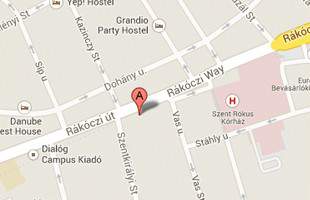
Opening hours: on weekdays at 2:30 PM, on weekends at 10:30 AM.
Box office closes 15 minutes after the start of the last screening.
The Uránia Café is open during the opening hours of the cinema.
© Uránia Nemzeti Filmszínház
1088 Budapest, Rákóczi út 21.
getting here
ticket info
contact us
company details
press
privacy policy

